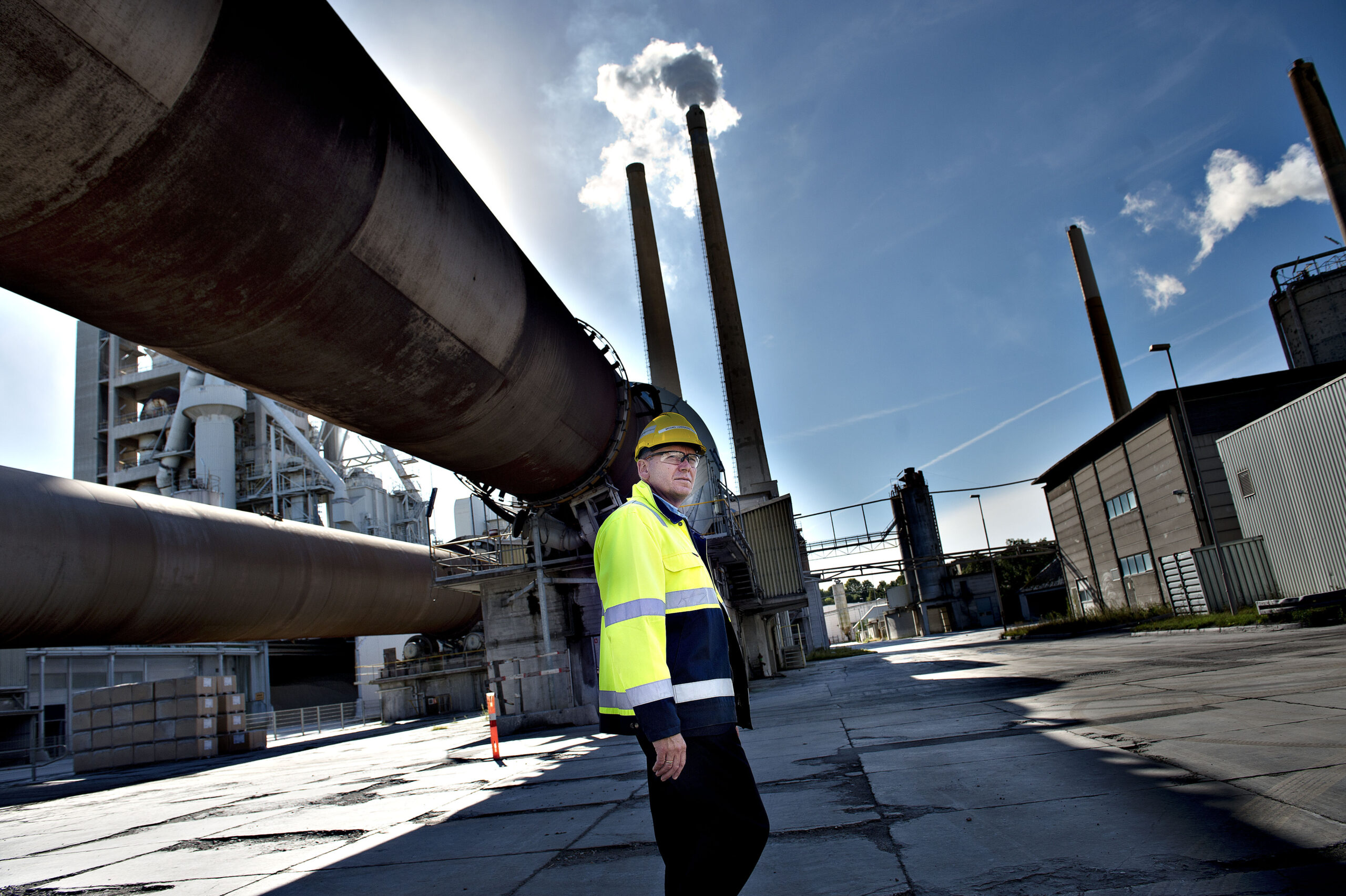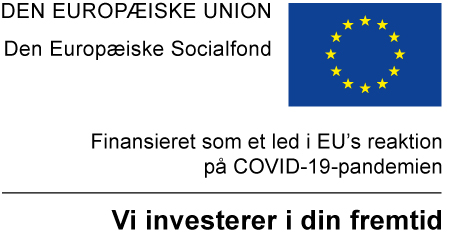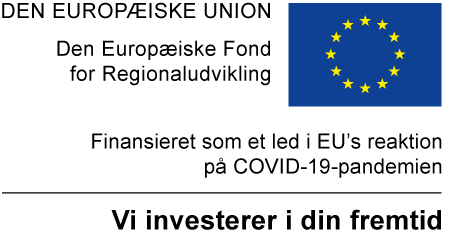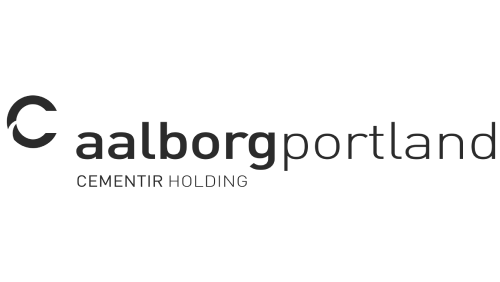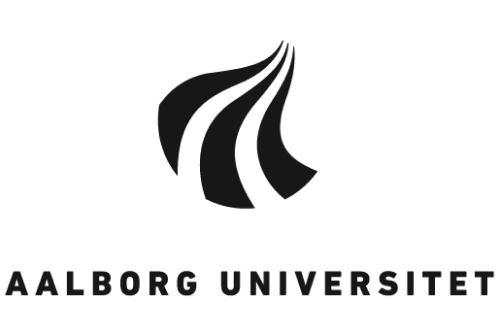Targeted efforts must make North Jutland a hub for capturing, storing and using CO2
Can the green transition be carried out so skillfully and efficiently that it can both solve the climate crisis and create a new business area? Yes, they think in North Jutland, which with the project CO2Vision is now firmly committed to turning the capture, storage and use of CO2 into a climate technology double decker, which creates a green transition and growth at the same time.
The CO2Vision is divided into nine efforts, all of which concentrate on capturing, storing, transporting or using CO2. One of the sub-projects is CCU Hub Aalborg, which is based on the fact that Aalborg is home to Aalborg Portland, Denmark's largest emitter of CO2 in industry. In CCU Hub Aalborg, they want to turn a problem into a raw material, explains Søren Knudsen Kær, Head of Technology Power-to-X at European Energy, who are specialists in CO2 utilization for power-to-X with concrete experience from a large e -methanol plant that will be commissioned next year:
"We must test and scale technological solutions that make it possible to use CO2 as a valuable resource. Capture, storage and use of CO2 through the production of green e-methanol for e.g. heavy transport and aviation fuel are among the solutions that will optimize our use of CO2 resources," he says.
CO2 value chain is assembled
Making CO2 a resource requires capturing it. Therefore, CO2 capture from Aalborg Portland is an important prerequisite for the CO2Vision project, which, among other things, must find the decision-making basis for the most optimal technology for CO2 capture.
Aalborg Portland is investing hundreds of millions of kroner in achieving its ambitious climate goals. A long-term action plan has been drawn up with a combination of solutions to reduce emissions significantly before 2030, says Michael Lundgaard Thomsen, CEO of Aalborg Portland A/S:
"We definitely feel a responsibility for the emissions we have. Cement is a climate problem, but what many do not know is that there are no other alternatives. Our plan is for 70 percent of our cement types to be converted to newer, more sustainable cements by 2025. In addition, we must massively start using more green fuel. The road to sustainability comes in stages: new products, new fuels and finally CO2 capture," says Michael Lundgaard Thomsen.
The captured CO2 can be used or stored and be the raw material that forms the basis for the production of e.g. green e-methanol for ships and trucks and maybe even air transport. Therefore, the sub-project CCU Hub Aalborg brings together all the relevant players in the field for a joint development and demonstration of the technology's possibilities and potential.
A paradigm shift
Kjartan Ross, director of the association Carbon Neutral Transport Denmark, which works for a European and Danish standard for green methanol, emphasizes the importance of the partner circle representing the full value chain for e-methanol:
"We look at everything, from industrial use to heating homes and private transport. That approach requires an integrated value chain," he says.
According to European Energy, one of the major hurdles is to create a sufficiently large scale for CO2 to be used for the many purposes that are possible:
"It not only requires that we have a sufficiently large facility, but also that the infrastructure in the form of pipes and electricity is also in place," says Søren Knudsen Kær:
"There is great potential for CCU in several places in North Jutland, but the capacity of the electricity grid is a major bottleneck in North Jutland, especially in Vendsyssel. The network must be expanded before we can fully exploit the many potentials".
But if you succeed in overcoming the challenges, there are gains to be made. Power-to-X is an absolutely necessary part of the transition, not just of our energy supply, but also of our economy. It is precisely this part that project manager in CO2Vision, Mette Ravnborg, is looking forward to helping to solve:
"There are many jobs at stake, and they can be created within the new climate-friendly economy. The vision and ambition is for North Jutland to be the region where the rest of the world can learn how to create growth and jobs, while at the same time contributing to the green transition through investment in climate technology," she says.
